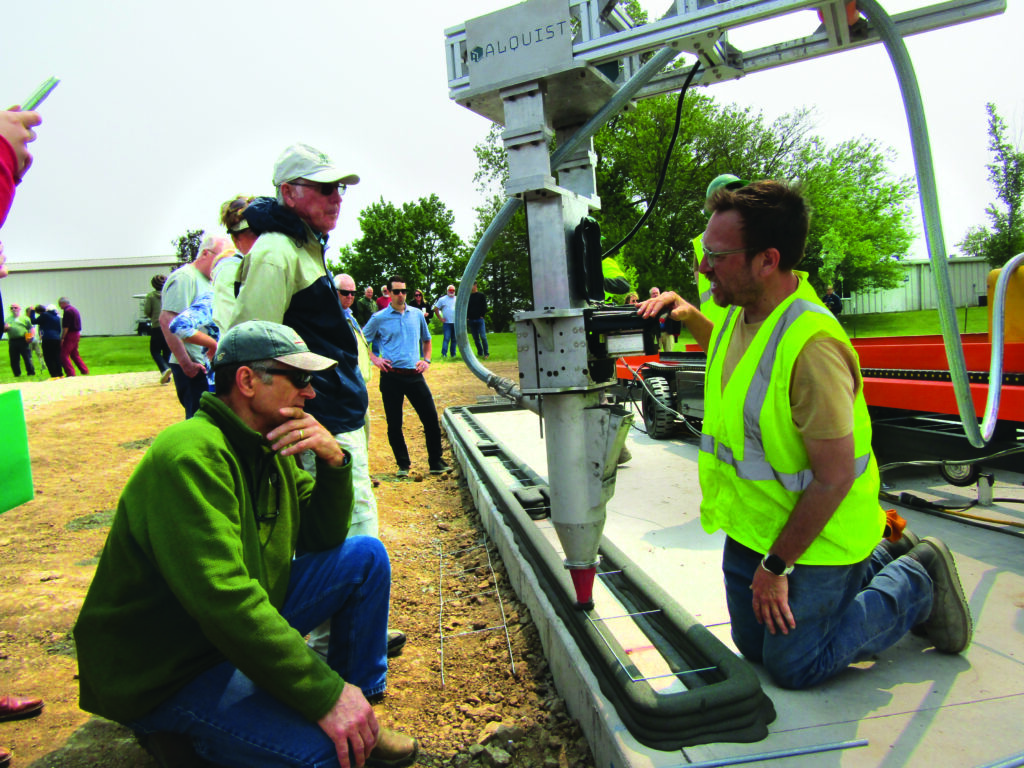Family-friendly holiday events planned across QC
QCBJ News Staff

Alquist workers explain 3D-print technology during a May ceremony and start of the construction of a 3D-print house in Muscatine, Iowa. CREDIT DAVE THOMPSON
A new era of home building technology may soon be coming to your neighborhood. The technology is called 3D-printed homes.
The people spearheading this new technology say the homes will be built faster, stronger, better and less expensive than traditional stick-built homes.
In fact, Businessinsider.com predicted 3D-printed homes will be the hottest trend in the home construction field with a rapid shift toward printed…

Get immediate, unlimited access to all subscriber content and much more.
Learn more in our subscriber FAQ.
Do you want to read and share this article without a paywall?
